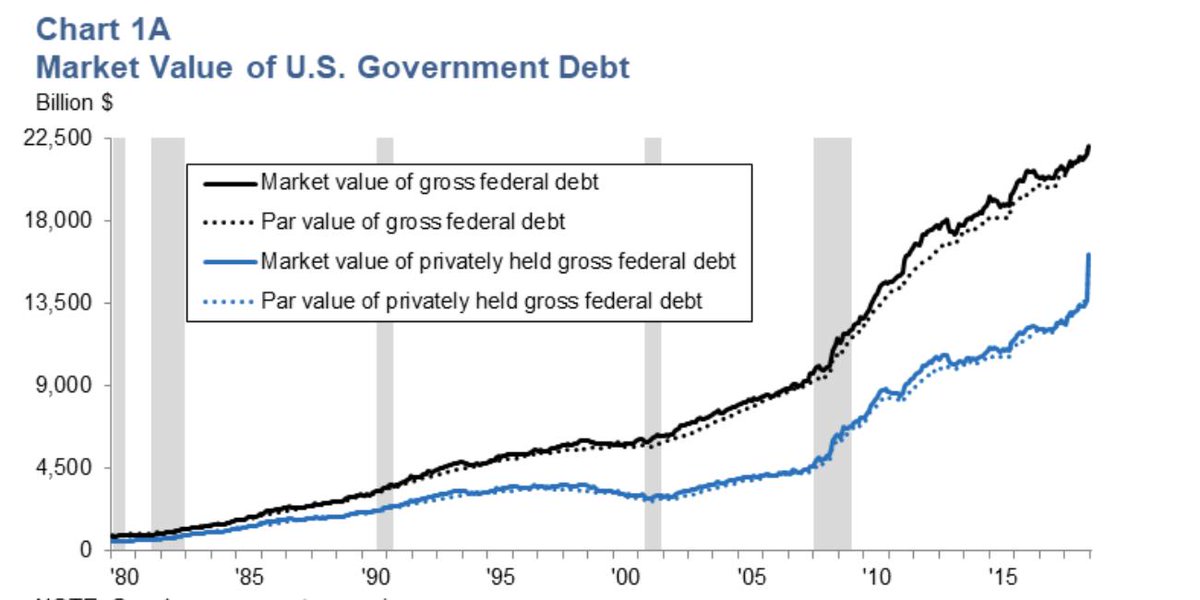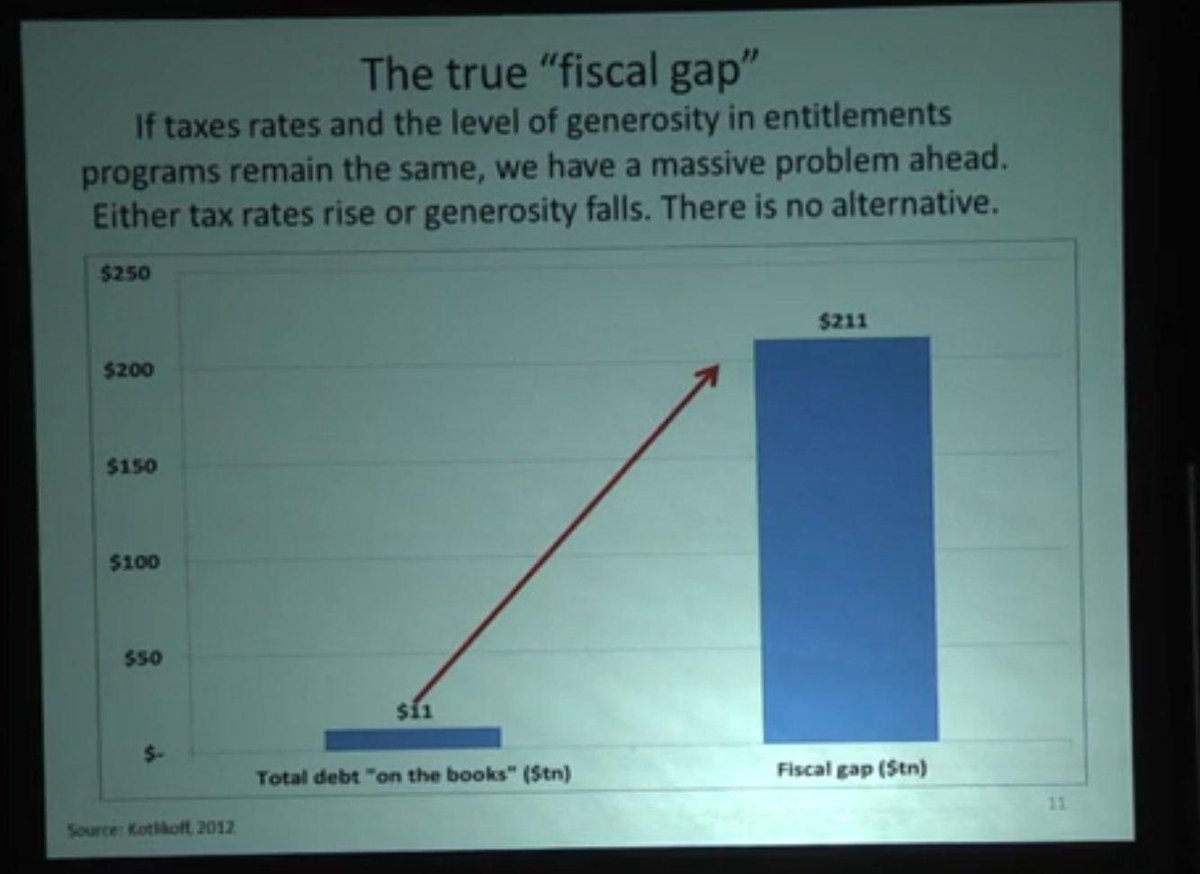His insight between constrained & unconstrained visions underlies the main differences between BTC and other cryptocurrencies
BTC represents ideas of the American Revolution. Other CC's represent the French revolution..
Inequality for ex:
Constrained vision sees hierarchies as inherent. Unconstrained posits better institutions would lead to equality of outcome
BTCers believe there are inherent limits to how many transactions can go on chain for a new monetary currency
Whereas other chains believe this limit is a failure of innovation and better coders can create infinite L1 scalability
Whereas ETH, for example, thinks that better code -- "formal verification" for example -- can reduce any security drawbacks from a larger feature set
French idea was that if the right people and institutions were in power all problems would go away
American idea OTOH, assumed that there are few things you can do and above all you need to protect against the flaws of human nature
BTC tries to maximize social scalability a la @NickSzabo4, by minimizing institutional trust
Other cryptocurrencies believe that the right leaders--or Messiahs -- can solve all problems
"Why do we need the constraint of a fixed supply?"
"Cheap full nodes aren't important bc we trust leaders"
@nntaleb puts this well: "I am, at the Fed level, libertarian; at the state level, Republican; at the local level, Democrat; and at the family and friends level, a socialist
"limited block size & software coordination around 1 implementation at L1, multiple implementations at L2, unlimited block size / turing completeness on Drivechains, etc"
Splits and forks are inevitable...but money benefits tremendously from coordination and too much competition is pareto suboptimal
The reemerge of the unconstrained vision at the federal level today is concerning
Crypto competition should be at L2 and higher.
Competition at L1 can be a net negative and reduce liquidity












